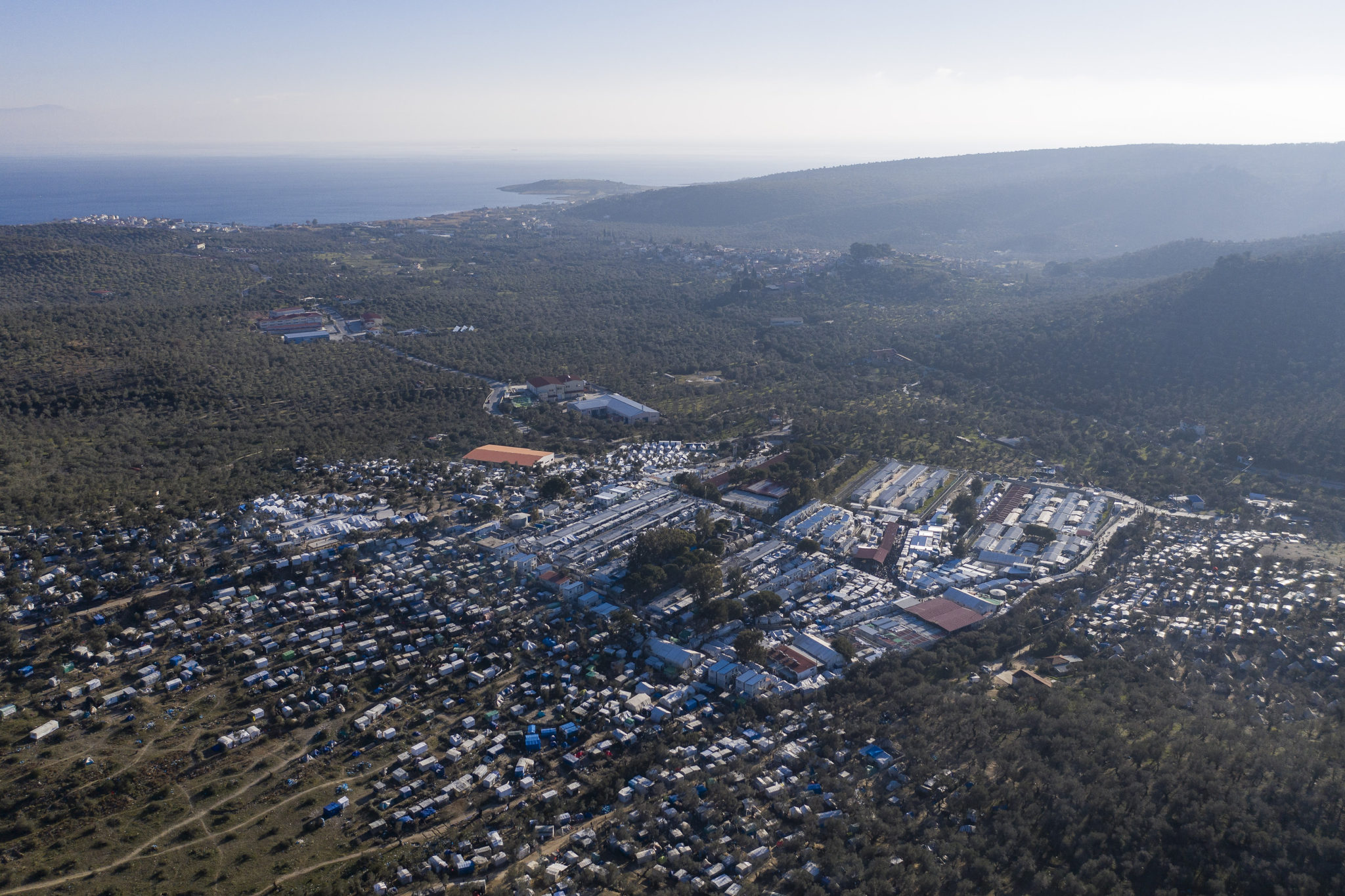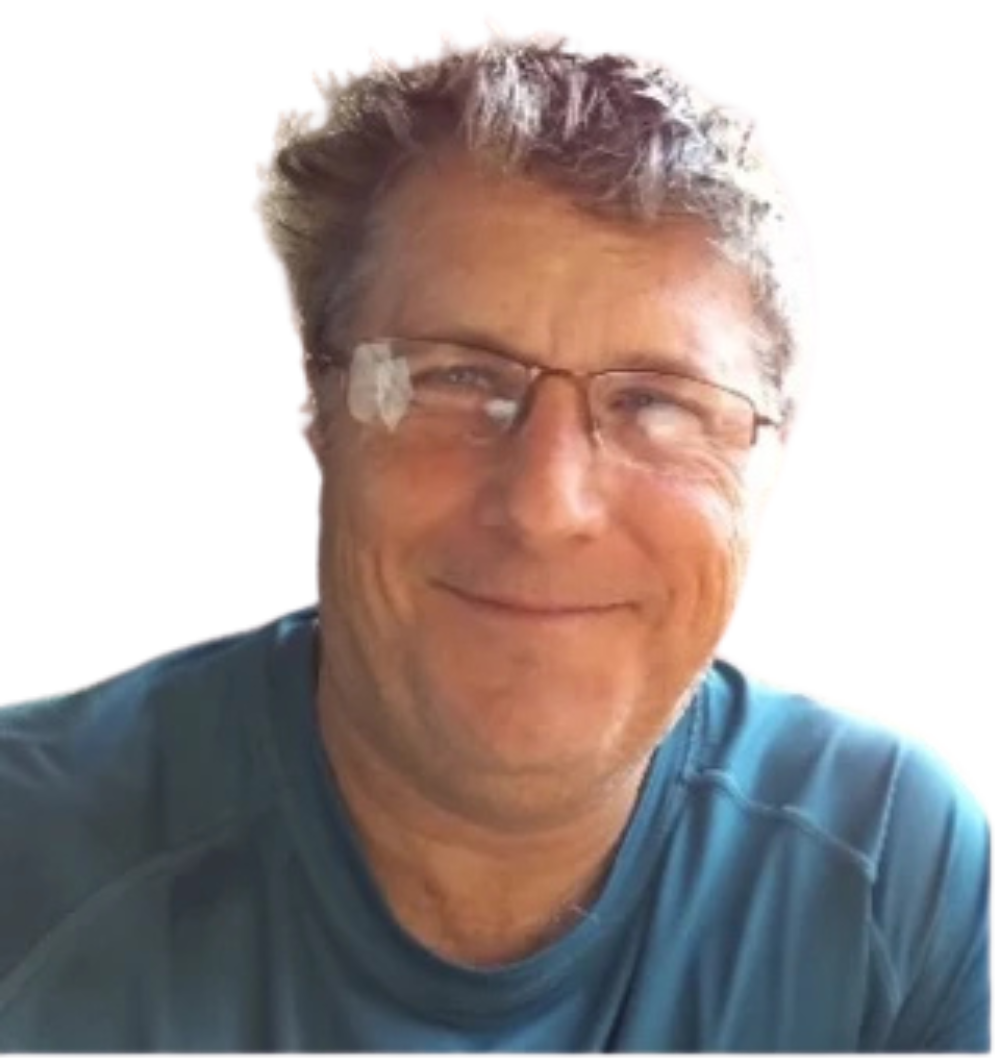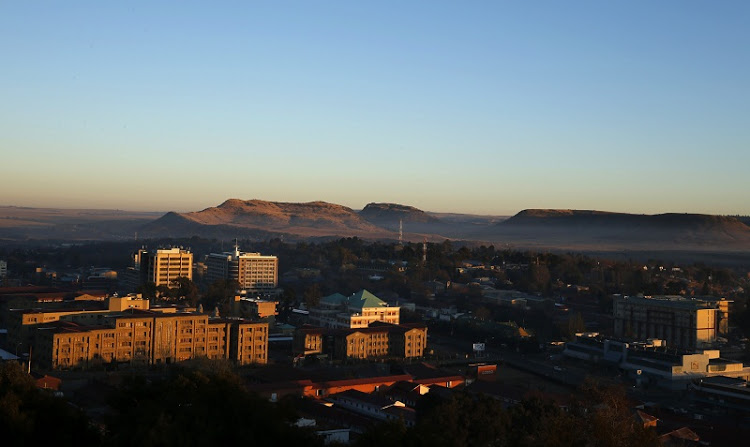News
Greece: Refugee life on the other side of the highway
The fire at the Moria refugee camp on Lesvos in the Aegean has raised questions once more about the plight of the 24,000 refugees seeking a way into Europe.

It's a slog up the steep hill from the quayside shops at the port of Samos to the Vathy camp on the slopes above the town. The sun is baking, the road seeming to stick to the tyres of my bike as I ground my way past women and children lugging water, cans, food and other supplies to the camp.
The facility lies on the other side of the double-lane highway linking the island's eponymous port over a series of steep mountains, I was warned, to the more famous village of Pythagorio on the southern coast, the birthplace of the philosopher-mathematician. The Vathy camp opened in early 2016 on the site of a former military base, conveniently close to a major hospital.
That year saw the peak, so far, of the refugee wave.
More than a million migrants arrived in Europe from Africa and the Middle East in 2015, nearly half from Syria. Of the total, 850,000 landed on the Greek islands.
Greece's geography makes it the gateway to the European Union, a short journey from mainland Turkey which today is, according to the UN, host to the world's largest refugee population, some four million people, of which 3.6 million are Syrian.
Samos is the closest Greek island to Turkey, just over a kilometre away across the Mycale Strait. In just three months in 2015/16 more than 100,000 refugees landed on Samos, many surviving perilous passages on exposed inflatables.
The popular tourist island of Kos some 200km to Samos's south, became the defining image of the crisis when the body of Alan Kurdi, a three-year-old Syrian-Kurdish boy, washed up on the Bodrum peninsula in September 2015. His family had set off from Turkey for Kos just 4km away. The volume of human traffic to Kos saw an overwhelming number of refugees housed temporarily in tents along the main tourist promenade.
While the new arrivals were supposed to be processed and moved on to the mainland and then to destinations in Europe or returned home within 25 days, the system has left some in limbo. This particularly affects the Africans, who cannot in many instances claim to have escaped persecution or a war situation, unlike the Afghans and Syrians.
At the start of 2016, Samos had more than 110,000 refugees land in just three months, until the EU agreement with Turkey which closed this back door, at least temporarily. While the deal, which linked greater EU aid flows to Turkey, claimed to be protecting migrants, it has not entirely stemmed the flow of desperate people. It forces refugees to have their claims processed on one of the five “hotspot” islands, during which time they are not allowed to leave unless found to be “vulnerable” under Greek law.
The stories of passage hint at this desperation.
It took Bobby, 30, three years to make the journey from “Congo Kinshasa” before landing in Samos, where he has been for “one year”. Jamal, who runs a small second-hand goods store dealing in furniture and other household items, is from Zanzibar, the journey via “Dar, Nairobi, Mombasa, Somalia, Yemen and Turkey” taking just three months. Like his business partner, Ibrahim from Gambia, they have both been on Samos for just over a year, and like Bobby are desperate to leave and get on with their lives.
But they want to get to Europe and not go back home.
In 2016, the Vathy facility on Samos had an original capacity of just 650 people, quickly increasing to 4,000 inhabitants by 2019. By the start of 2020, it had more than doubled in size to almost 9,000 people.
Following a fire in April 2020, and the movement, both legally and illegally of its inhabitants to the mainland, the official numbers are back down to 4,800, though NGO workers put the figure closer to 6,000. Most are still from Syria and Afghanistan, but there are many Africans, with about 500 Congolese and sizeable numbers from Sierra Leone, Mali, Gambia, and Tanzania.
One-quarter of the world's 26 million refugees, according to the UN High Commissioner for Refugees (UNHCR) are Africans. UNHCR's budget is one measure of the global refugee situation, growing from $300,000 in 1950 to $8.7 billion in 2020.
It's not the absolute numbers that are impressive or problematic, or the numbers by comparison to the scale of Africa's refugee crisis. It's the relative size of the Samos refugee population compared with the just 10,000 of the town, producing inevitable friction with the local population.
The camp is an overcrowded hell, which you can smell before you can see, courtesy of the two dozen chemical toilets roasting their contents in the roadside sun. Its location is confirmed by the presence of a dark blue police bus, idling to keep the air-conditioner on, some of its occupants preferring to rest on plexiglass riot shields under the shade of nearby trees.
Until this crisis, Samos was better known for its ancient ruins, fishing villages, sweet muscat wine and of course Pythagoras. Its mountainous terrain offers views of what the National Tourism Organisation describes as “a haven of crystal-clear waters, sandy or pebbly beaches, important archaeological finds, imposing Byzantine and medieval monuments and traditional settlements”.
A crammed migrant tented camp is out of kilter with the wonderful views of the azure Aegean, its razor wire hardly the image of the welcoming holiday sought by the annual influx of northern Europeans.
That the refugees endure harsh, overcrowded conditions tells its own story, both of what they are leaving behind and the hope for a better future.
But it speaks to several failures, too, and a pernicious set of incentives.
One failure is the inability to make lasting peace in Syria and Afghanistan, and elsewhere, including the Congo. It speaks also of the inadequacy of international and local attempts at development. As Dr Fabio Giardina, a specialist at Samos hospital succinctly summarises, “We need two things: to improve the conditions here, and in the places where they come from, so they don't have to come.”
While some people might doubt the link between poverty and unhappiness, it's absolutely clear on Samos, where the refugees are from the poorest places in the world. They may live in tougher conditions on the island than they might have wished for, and certainly worse than they aspired to as European citizens, but are considerably better off than they would be at home. On Samos they are free to roam about, receive three meals a day, and €90 a month per inhabitant. The children attend free schools if they wish, set up by NGOs, and the medical services attend to their specialist needs.
Of course, they cannot work, and unless deemed at risk, have to live in the camp. The camps also tell a story about the political economy of the refugee business. It's an industry in its own right, no matter how well intentioned, and with an inevitable sprinkle of messiahs.
The mothership comprises the UNHCR, with 25 staff in Samos. The bulk of their budget, however, goes on food, accommodation for refugees, legal support and cash grants. The food contracts amount to €33,000 a day, or €52-million annually. There are another 18 international NGOs operating on the island.
The mayor of East Samos, Giorgio Stantzos, complains that NGO salaries have considerably distorted the local economy, with “their drivers earning more than my officials”.
The UNHCR's budget alone for Greece is $275-million.
But there is regardless an upside.
The income from refugees for Samos is estimated at €1.5-million a month. In a Covid-affected economy, it's a useful supplement.
As local businessman Elias Giannopoulos puts it, “Everyone has benefited from the refugees. I believe every Euro in the town for the last three or four years has a relationship with the refugees. Yet some say that it is not okay to have a hotspot here?” Some locals refuse to buy from his bookshop because he rents premises to a school for refugees.Then there is the business of trafficking, at around €1,500 per refugee from Turkey, and up to €5,000 onward from Athens into Europe, once they arrive in the capital that is.
And the refugee presence also speaks to regional politics. The flood arrived in 2015 when Turkey opened the tap. It closed it with the funding arrangement with the EU, but relations remain on a knife-edge, reminded by the presence of heavy artillery, tanks and armoured fighting vehicles, and anti-aircraft missiles on the island.
Greece's deputy foreign minister Kostas Fragogiannis describes three impulses shaping refugee policy:
“First the humanitarian one. We have to act in a civilised manner to people in need. Second,” he says, “is the political aspect, in terms of our relationship with Turkey, which uses the refugees as a pawn in their strategy. And the third concerns national and European security. Greece is at the edge of the EU's borders.”
The refugees are pawns in a wider, strategic game. The EU would prefer they stay in Turkey or, at worst, on the periphery, hence the presence of the European Border and Coast Guard Agency “Frontex” patrol vessels on the quayside.
Fragogiannis asks: “Am I ashamed by what has happened in Lesvos and elsewhere? Absolutely yes. But should we provide better living conditions for refugees elsewhere on the Greek mainland? Absolutely not. If you make the living conditions excellent, the message will go out that this is a great place to come.”

There is, he observes, “a fine line” between acting humanely and exerting power, “between luxury and the essentials”.
Making it less attractive is not what the NGOs want to hear. As one Médecins Sans Frontières blogger writes:
“It's hard to witness this level of suffering in your country — here in Europe, where the fundamental values are supposed to be freedom, democracy, equality and respect for human dignity and human rights. Unfortunately, today in Europe, these values are respected only selectively.”
Or as another put it, “The European Union has a population of 445 million people and is among the world's driving economies… What can possibly be so hard to act decisively and establish an effective process that ensures safe access to asylum? Why does it take so long for policymakers to stop putting people's health in danger? Why, even now that a pandemic is threatening the camps on the islands, is nothing really changing?”
Pythagoras might have been able to puzzle out the relationship between the sides of a triangle, but the solution to this crisis is less empirical than visceral.
Just as the refugees are caught in limbo, so too are the islanders and the politicians caught in a bind, between those who prefer integrating the refugees more closely with the local community and those who wish to isolate them. The latter group proposes reducing the number and moving the remainder to a new, more remote facility at Zervou 7km up the surrounding mountain, away from the main town. There are concerns, says Mayor Stantzos, of increasing Islamification of the refugees, the majority of whom are Muslim, such worries exacerbated by the proximity of Turkey.
The integrators propose using the cost of a new camp to restore local accommodation, and integrating the migrants into local society, providing them with jobs and skills. Dmitris Choulis, a local lawyer who has represented a number of asylum seekers, notes, “In an ageing Europe, these are the workers of the future. We need to act within that reality.”Dr Giardina believes that it is imperative not to ghettoise the refugee camp, which only serves to create internal “mafias” between nationalities and has contributed to sexual violence against women, which has its roots in the view Afghans, in particular, hold about the social station of women.
Sarah Evans works for Still I Rise, which runs a school for refugees. She is concerned about the consequences of having a closed camp out of sight and out of mind.
“We have had five years already of people living in a jungle of a camp here. The problem,” she notes, “is not about money, but politics.
“We have to realise,” she warns, “that what we have here in Samos is not going to be a once-off problem in time. We need to develop better strategies for the future with an endless supply or poor and dispossessed.”
In his seminal 1994 essay, “The Coming Anarchy”, Robert Kaplan sketched a portrait of West Africa as a portent of the future:
“West Africa is becoming the symbol of worldwide demographic, environmental, and societal stress, in which criminal anarchy emerges as the real 'strategic' danger. Disease, overpopulation, unprovoked crime, scarcity of resources, refugee migrations, the increasing erosion of nation-states and international borders, and the empowerment of private armies, security firms, and international drug cartels are now most tellingly demonstrated through a West African prism.
“West Africa,” Kaplan wrote, “provides an appropriate introduction to the issues, often extremely unpleasant to discuss, that will soon confront our civilisation.”
With remarkable perspicacity, he summarises: “We are entering a bifurcated world. Part of the globe is inhabited by Hegel's and Fukuyama's Last Man, healthy, well fed, and pampered by technology. The other, larger, part is inhabited by Hobbes's First Man, condemned to a life that is 'poor, nasty, brutish, and short.' Although both parts will be threatened by environmental stress, the Last Man will be able to master it; the First Man will not.”
Kaplan was writing at a time when Africa's population was just 700 million. Now at 1.2 billion, it is projected to more than double by 2050.
Already today, on Samos, as throughout the other Aegean hotspots, the First Man is on the move.
Greg Mills has been working on the island of Samos and commuting on his bicycle while researching his next book.
This article was first published by The Daily Maverick.


